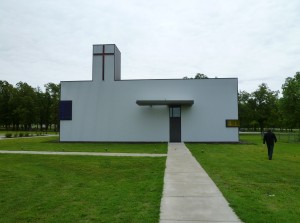WAMO
An international competition for the Washington Monument Grounds has attracted more than 500 participants, and the announcement of the six finalists from as far afield as Korea and the Netherlands has garnered attention in the architectural media. The competition is puzzling, because the sponsor is not the National Park Service, which is responsible for the grounds, but a private group with lead sponsorship from George Washington University, Albert H. Small (a real estate developer), and the Virginia Center for Architecture of the Virginia Society AIA. The competition maintains that the grounds are “unfinished,” despite that the Washington Monument (WAMO) grounds have just been handsomely done over by OLIN,

